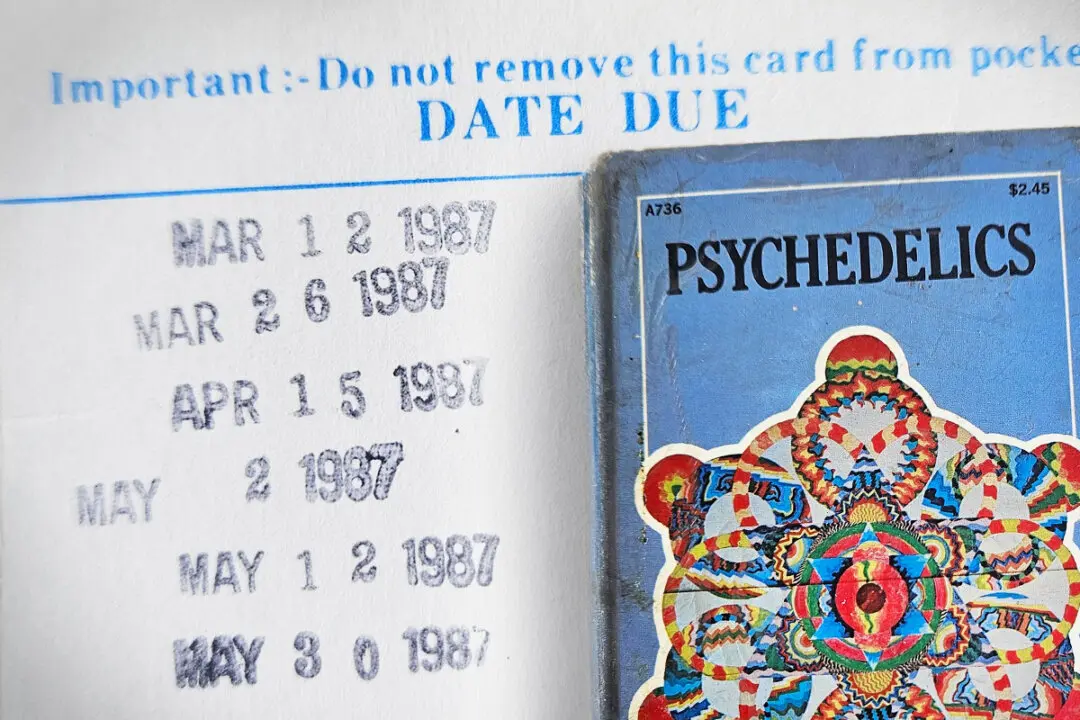Los Angeles may be brimming with Hollywood relics (some of our most beloved big-screen actors are among them) but historical artifacts of a very different kind are the subject of a current city-wide development. The past has collided with the future: over 500 Ice Age fossils have been excavated during the LA city subway’s Purple Line expansion.
“Everything from gophers to mammoths in size,” Leger explained. “We’ve got camels and bison, horses and giant ground sloths, mammoths, mastodons, and even sabertooth cats and dire wolves.” The discovery is hugely illuminating, and tells the paleontology team a great deal about the prehistoric landscape of the Los Angeles area.
“We’re getting a beautiful picture of the Ice Age here in Southern California,” Leger said, with a broad smile.
One of the most impressive discoveries from the ongoing excavation is “Hayden,” an almost complete, pristine white skull of an adolescent Columbian Mammoth. The skull has been spectacularly preserved and has remained intact throughout the excavation, thanks to the diligent work of the team on site. Another incredible find is the nearly complete pelvis of a giant ground sloth, jovially nicknamed “Shakira” after the famous hip-shaking Columbian singer.
“We anticipate finding additional fossils as we move forward with the second and third phase of the Purple Line construction project,” Sotero continued. He explained that the progress of the excavation could be prioritized with no disruption to the progress of the subway extension: project leaders will simply divert the construction work, temporarily, to a different area of the underground network.
Estimations suggest that the project will take five years to complete. And the fruits of the excavation will be everybody’s to enjoy: the fossils, dating back to the Pleistocene Epoch, are likely to be displayed at either the LA Natural History Museum or the La Brea Tar Pits.




